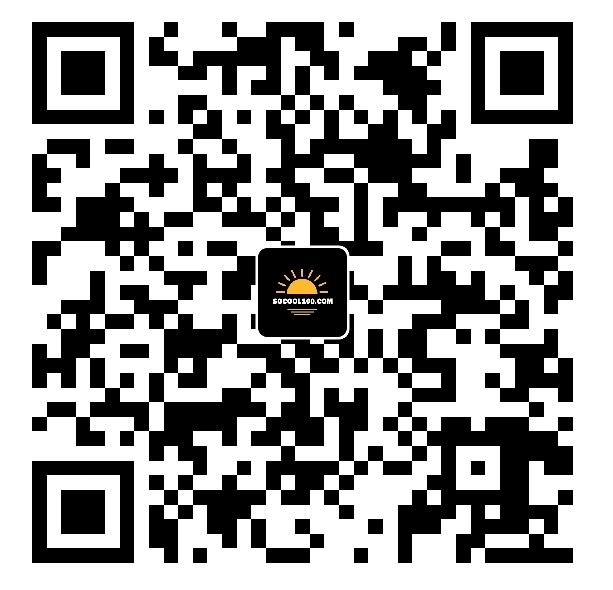2018年11月3日雅思阅读真题+题目+答案:What Are Dreams ?
2018年11月3日雅思阅读真题+题目+答案:What Are Dreams ?
A
Thousands of years ago, dreams were seen as messages from the gods, and in many cultures, they are still considered prophetic. In ancient Greece, sick people slept at the temples of Asclepius, the god of medicine, in order to receive dreams that would heal them. Modern dream science really begins at the end of the 19th century with Sigmund Feud, who theorized that dreams were the expression of unconscious desires often stemming from childhood. He believed that exploring these hidden emotions through analysis could help cure mental illness. The Freudian model of psychoanalysis dominated until the 1970s when new research into the chemistry of the brain showed that emotional problems could have biological or chemical roots, as well as environmental ones. In other words, we weren’t sick just because of something our mothers did (or didn’t do), but because of some imbalance that might be cured with medication.
B
After Freud, the most important event in dream science was the discovery in the early 1950s of a phase of sleep characterized by intense brain activity and rapid eye movement (REM). People awakened in the midst of REM sleep reported vivid dreams, which led researchers to conclude that most dreaming took place during REM. Using the electroencephalograph (EEG), researchers could see that brain activity during REM resembled that of the waking brain. That old them that a lot more was going on at night than anyone had suspected. But what, exactly?
C
Scientists still don’t know for sure, although they have lots of theories. On one side are scientists like Harvard’s Allan Hobson, who believes that dreams are essentially random. In the 1970s, Hobson and his colleague Robert McCarley proposed what they called the “activation-synthesis hypothesis’” which describes how dreams are formed by nerve signals sent out during REM sleep from a small area at the base of the brain called the pons. These signals, the researchers said, activate the images that we call dreams. That put a crimp in dream research; if dreams were meaningless nocturnal firings, what was the point of studying them?
D
Adult humans spend about a quarter of their sleep time in REM, much of it dreaming. During that time, the body is essentially paralyzed but the brain is buzzing. Scientists using PET and fMRI technology to watch the dreaming brain have found that one of the most active areas during REM is the limbic system, which controls our emotions. Much less active is the prefrontal cortex, which is associated with logical thinking. That could explain why dreams in REM sleep often lack a coherent storyline (some researchers have also found that people dream in non-REM sleep as well, although those dreams generally are less vivid.) Another active part of the brain in REM sleep is the anterior cingulate cortex, which detects discrepancies. Eric Nofzinger, director of the Sleep Neuroimaging Program at the University of Pittsburgh Medical Center, thinks that could be why people often figure out thorny problems in their dreams. “As if the brain surveys the internal milieu and tries to figure out what it should be doing, and whether our actions conflict with who we are,” he says.
。。。。余下雅思阅读真题原文省略!
Questions 1-5
Reading Passage has seven paragraphs, A-G.
Which paragraph contains the following information?
Write the correct number, A-G, in boxes 1-5 on your answer sheet.
1 Reference of an artist’s dreams who has versatile talents
2 The dream actually happens to many animals
3 Dreams are related to benefit and happiness
4 advanced scientific technology applied in the investigation of the REM stage.
5 questioning concern raised about the usefulness of investigation on dreams
Questions 6-8
Choose the correct letter, A, B, C or D.
Write your answers in boxes 6-8 on your answer sheet.
6. What were dreams regarded as by ancient people?
A superstitious and unreliable
B communication with gods and chance to predict the future
C medical relief for children with an ill desire
D rules to follow as they fell asleep in a temple
。。。。。余下雅思阅读真题题目及答案省略!
2018年11月3日雅思阅读真题+题目+答案:What Are Dreams ?,10元有偿下载完整版!

微信扫码支付 |

支付宝扫码支付 |
资料下载说明 |
|
|
